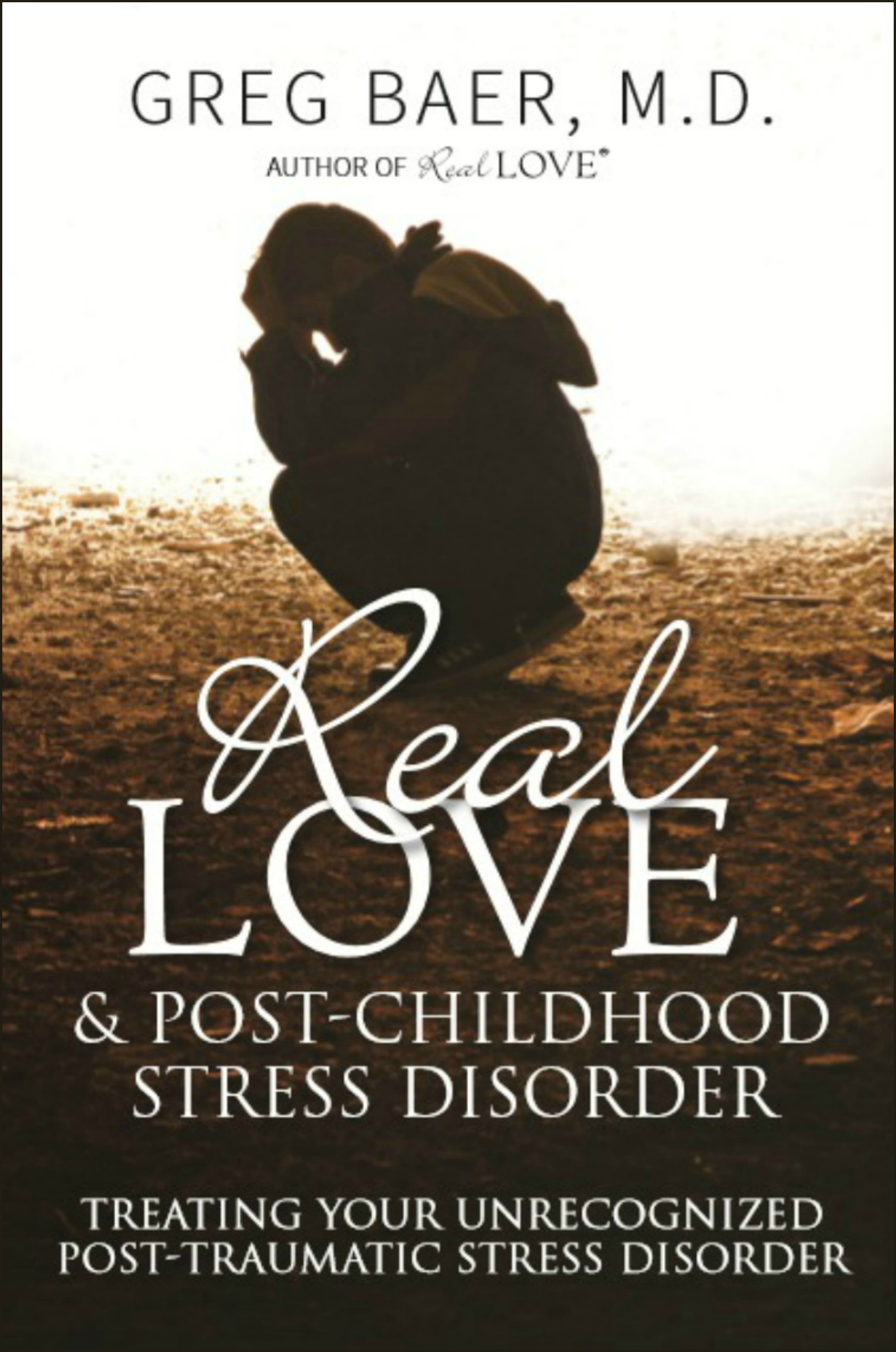Using a day at the beach as a backdrop, in this blog I will teach valuable lessons about emotional resilience and perspective. When a sandcastle is destroyed by the tide, a shift in focus from loss to shared joy transforms the experience. Understand how maintaining a broader perspective helps in dealing with life's inevitable setbacks and supporting others through their emotional turmoil.
Teaching Children Emotional Resilience
Many years ago, I took my young children one day to the beach in South Carolina, where we lived at the time. After learning the indispensable art of building sandcastles, they occupied themselves with delight for quite some time.
At one point I wandered off a short distance while they continued their work, but before long I heard them pleading loudly for my return. I hurried back to find them frantic at the realization that the tide was coming in and beginning to lap at the edges of their beautiful creation.
They had begun to build a wall around the castle, and they wanted my immediate assistance. I joined in with great vigor, and soon we had created a most impressive barrier that they assumed would keep out any threat.
As you might imagine, however, our wall did not intimidate the tide, which continued to inch its way up the beach. Despite our continued efforts, and especially my children’s inspiring exertions—I had never seen them clean their rooms with such energy—the incoming flow of the sea steadily chewed up our wall, then the edges of the castle, and then collapsed the structure entirely.
My children were crushed. They wept. And for several moments I allowed them to experience the natural grief of losing something they had worked hard to create. But then I said, “I really had fun building that castle with you. Did you have fun building it?”
With that shift of focus, their look of grief began to disappear as they nodded their heads slightly.
I jumped up from the sand and said, “I’m going to go and find some crabs. Who’s going with me?”
In an instant the kids were running behind me, the memories of the broken castle already fading behind them.
When my children wept, why did I not grieve with them?
Because I had a different perspective than they did. I realized that there would be other castles, other days. I knew that in the grand scheme the castle mattered very little, so I didn’t get caught up in their short-sightedness.
But I didn’t mock their perspective. I just helped them see the value in the joy we had experienced together while building the castle, and then I moved on to the next experience we would enjoy as a family.
The next time we went to the beach, I explained how the tide came in and out twice each day and pointed out where the high tide left a line on the beach.
I reminded them of our experience with the last sandcastle and suggested some lessons we could learn from that experience. We could build our castle higher than the high tide line, for example.
Or we could build at a time when the tide was going out. Or we could build the castle as we did before and simply accept the coming in of the tide as part of the fun of the experience.
In short, I didn’t get caught up in my children’s emotions because I had faith that they would learn from their experience and broaden their perspective.
Maintaining Emotional Resilience When Helping Others
It is for the same reason that I avoid getting caught up in the emotional trauma of adults who are ensnared by their victimhood or their anger or whatever else is destroying their happiness. This is an important concept for anyone to understand when they are listening to unhappy people who are describing the details of their situations.
On many occasions people who are gaining experience in Real Love have asked me some variation on this question: “I’ve learned that once you allow yourself to become too emotionally involved with the person who is talking to you, you can’t really see them or love them. So how do you become more detached while you’re loving someone?”
The answer is that you don’t become more detached. The key is to achieve a condition far more profound and effective than that.
When people come to me unhappy and emotionally disturbed, I don’t detach from them, just as I didn’t detach from my children when they wept over the loss of their sandcastle.
I simply try to see their situation in its true perspective, love them, support them, teach them where possible, and have faith that with enough love and support they will eventually broaden their perspective and lose their pain.
I have faith that eventually they’ll realize that with enough Real Love and experience all their problems are little more than sandcastles.
Sustaining Our Emotional Resilience
This is not just wishful thinking on my part. I have seen so many people banish the unhappiness in their lives as they have grown in love and wisdom that my faith has been amply confirmed.
Every day all around us there are sandcastles being eroded by the incoming tide. There will always be crises. There will always be grief and pain. We can’t change that.
What we can change—what we can learn to choose—is the way we perceive the sandcastles in our own lives and in the lives of those around us.
We can choose to no longer live in a state of constant panic and pain but instead to look for the broader and truer perspective.
We can choose to learn and grow and find the love and joy that are available in every experience.


